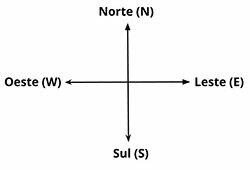Paralympics or Paralympics is a version of the Olympic Games adapted for athletes with physical or sensory disabilities.
All sports present at the Paralympic Games must be readjusted according to the competitors' limitations, such as the rules of each sport, for example.
The Paralympics take place in the same year as the Olympics, usually starting two weeks after the end of the Olympic Games.
See also: O meaning of the Olympics.
History of the Paralympics
The first sports modalities adapted exclusively for people with physical disabilities emerged after the end of World War II.
Many American and British soldiers returned to their homes mutilated and with the aim of re-adapts them and stimulates them physically and emotionally, the first competitions were created for disabled people.
However, the first edition of the Paralympic Games only took place in 1960, right after the Olympics in Rome, Italy.
Paralympic Modalities
Currently, there are several sports that have been adapted so that people with different degrees of physical and sensory disabilities can participate.
At the Paralympic Games, athletes must previously be categorized by the International Paralympic Movement on their type of disability: amputees, cerebral palsy, visually impaired, spinal cord injured, mentally disabled, among others categories.
There are 23 modalities that make up the program of Rio de Janeiro Paralympics, held in 2016:
- Athletics;
- Wheelchair Basketball;
- Bocce ball;
- Track cycling;
- road cycling;
- Canoeing;
- Wheelchair fencing;
- 5-a-side football;
- 7 football;
- Goalball;
- Weightlifting;
- Equestrianism;
- Judo;
- Swimming;
- Rowing;
- Wheelchair Rugby;
- Table tennis;
- Wheelchair tennis;
- Archery;
- Shooting Sports;
- Triathlon;
- Candle;
- Volleyball sitting.

